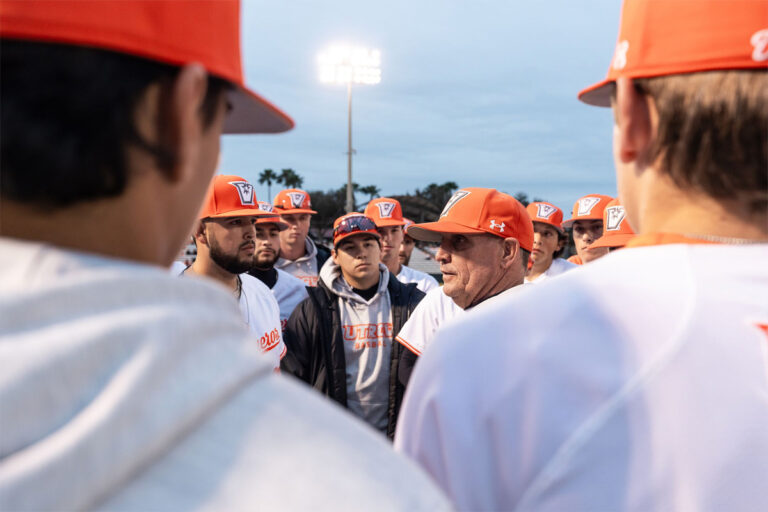
Students from the UTRGV School of Medicine and other medical and undergraduate volunteers educated their peers about the signs of cardiac and respiratory distress, and how to save a life via Texas Two Step CPR.
The event took place Feb. 26 in the Student Union on the Edinburg campus in observance of Heart Health Month.
“If you are ever in a situation like this, basically you are going to panic if you are not trained, and even when you are trained you still get a little nervous,” said Rogelio Z. Mendoza, a second-year medical student and committee chair for Texas Two Step CPR. “The point is to keep it simple and do two steps. The two steps for this campaign are to call 911 and the second step is to start compressions.”
What makes Texas Two Step CPR different is that chest compressions are performed without administering mouth-to-mouth resuscitation. The recommended rhythm for the compressions is to follow the beat of the song “Staying Alive” from the Bee Gees or any huapango song.
A study published Oct. 6, 2010, in the Journal of the American Medical Association, found that an individual was 60 percent more likely to survive with chest compressions alone, than if they had no CPR or the chest and mouth resuscitation, according to the HealthCorps website.
Last year, more than 400 community members received training in a joint effort with 11 Texas medical schools, HealthCorps and American College of Emergency Physicians, among other associations.
This is the second year that School of Medicine students participate in this event and the first time they have one on a UTRGV campus. The medical students have taught in flea markets in Alamo and Brownsville, as well as at the Basilica of San Juan del Valle.
The campaign started in Texas, but is spreading to several other states now with the overall goal of teaching as many people as possible in the hope of equipping bystanders with the necessary training to help save lives.





